
Spectroscopy
Click the title above to open the Spectroscopy July regular issue, Volume 35, Issue 7, in an interactive PDF format.

Spectroscopy
Click the title above to open the Spectroscopy July regular issue, Volume 35, Issue 7, in an interactive PDF format.
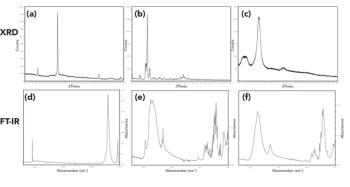
Spectroscopy
Here, we compare XRD and FT-IR for analysis of suspect counterfeit pharmaceuticals to determine how the techniques can be used in a complementary fashion.

Spectroscopy
We are pleased to present here part II of our celebration of Spectroscopy’s 35th year of publishing. For this special coverage, we asked leading spectroscopists to share their perspectives on a range of spectroscopic techniques and applications.
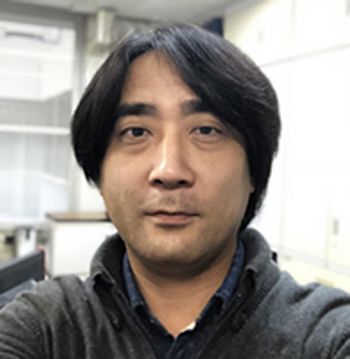
Spectroscopy
In the past decades, we have witnessed the evolution of imaging technologies based on vibrational spectroscopy. In particular, the technical developments in Raman, coherent anti-Stokes Raman spectroscopy (CARS), and stimulated Raman scattering (SRS) microscopy allow researchers to gain new insights in biological, medical, and pharmaceutical studies.
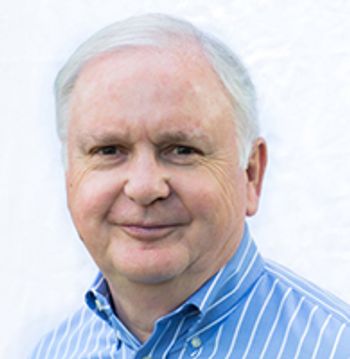
Spectroscopy
Portable spectroscopic instruments have not had significant visibility within the scientific community compared with, for instance, the current generation of high-performance laboratory mass spectrometers.

Spectroscopy
On the occasion of Spectroscopy’s 35th birthday, I thought it would be an interesting opportunity to consider the amazing explosion in light sources for spectroscopy over the last few decades.
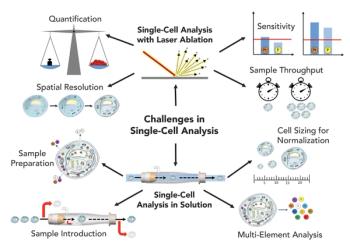
Spectroscopy
Single-cell analysis is important in biology and medicine, because it takes into account cell heterogeneity and cellular dynamics, which are governed by cellular crosstalk and the vicinity of cells. Thus, it is of utmost importance to obtain not only information about the heterogeneity of a cell population, but also about their spatial arrangement.
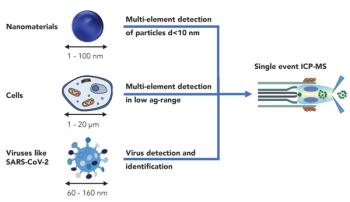
Spectroscopy
Nanomaterials have a tremendous impact on our daily life, but usually in a beneficial way because of their useful properties.

Spectroscopy
Single-particle inductively coupled plasma–mass spectrometry (spICP-MS) is becoming widely used to measure the number of nanoparticles (or other submicrometer– sized particles) per mL with a particular elemental chemical composition and the average particle size (diameter) or particle size distribution.
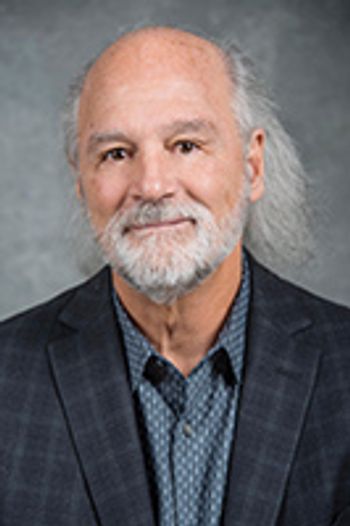
Spectroscopy
There is no doubt that funding for basic science in analytical atomic spectroscopy has waned over the years, and, in reality, barely exists today.

Spectroscopy
Great interest has recently aroused in the study of the dysregulation of chemical elements within tissues. Information about the distribution of elements in biological tissues can contribute to a more complete medical diagnosis, and can guide therapeutic procedures for many pathologies.

Spectroscopy
Forensic traces are physical remnants of past events that provide critical information for criminal and civil investigations and adjudications. The scientific examination of traces is an incredibly valuable tool for forensic investigations, because the skilled interpretation of traces yields factual answers to a range of pertinent questions.
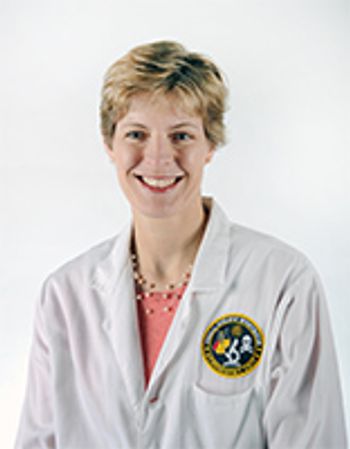
Spectroscopy
An ongoing challenge within the forensic science community is the development of consistent report and testimony language that conveys results in a meaningful manner.
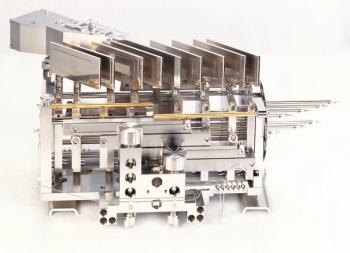
Spectroscopy
Although not as widespread in terms of units used worldwide as quadrupole-based inductively coupled plasma–mass spectrometry (ICP-MS) equipment, also multicollector ICP-MS (MC-ICP-MS) instrumentation has revolutionized many fields.
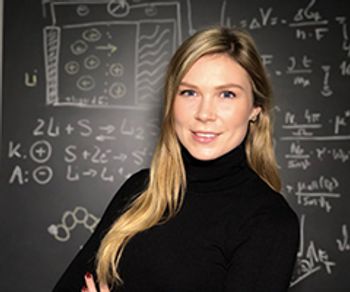
Spectroscopy
The increasing demand for secondary electrochemical storage devices requires well characterized and working battery systems.
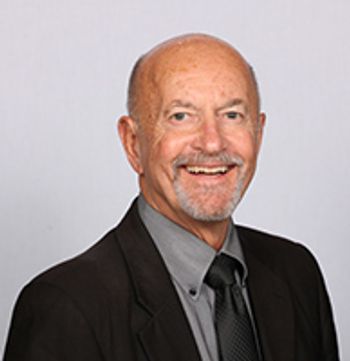
Spectroscopy
“It was a dark and stormy night…” Everyone should begin at least one paper, story, or other publication with that well-worn phrase. This was my chance.